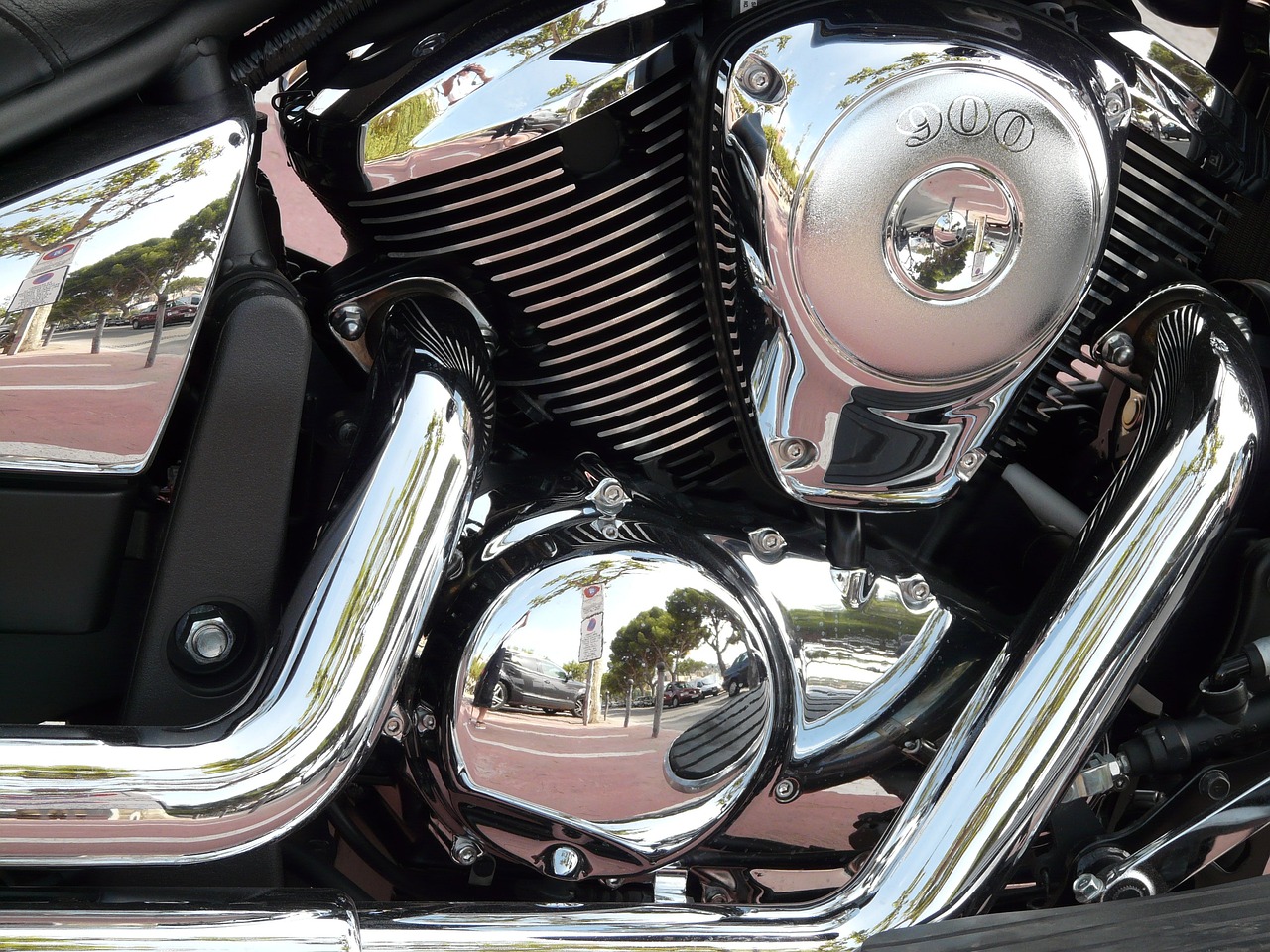Vulcan, the Goddess of Fire and Metalworking
To grasp the Roman perspective on the divine essence of fire, an understanding of Vulcan (known as Vulcanus to the Romans) is crucial. Vulcan embodies both the fertile and the destructive aspects of fire. He commands reverence, feared for his devastating flames that threaten to consume forests, homes, and crops, while simultaneously being celebrated as the master craftsman behind exquisite armaments, weapons, and various forged items. Hence, Vulcan holds the dual role as both the God of fire and metalwork, positioning him as a significant deity in the Roman pantheon.
The Ancient Worship of Vulcan
Vulcan was not only counted among the Dii Consentes, which included twelve principal Gods of Rome, but he also had a designated state priest (flamen). Evidence of his cult dates back to at least the 6th century BCE, with his shrine, the Volcanal, located in the Roman Forum, reportedly consisting of an altar and a column that likely supported a statue. A notable discovery linked to this site is a fragment of an Athenian pot from 570-560 B.C., depicting Hephaestus—the Greek counterpart of Vulcan—returning to Olympus. This artifact suggests that the association between the Roman and Greek fire deities was established as early as the sixth century B.C.
Vulcan was revered during various ancient Roman festivals, notably Tubilustria on May 23, when rituals surrounding trumpets took place, as well as the Volcanalia on August 23, which coincided with the hottest part of the year. This festival aimed to prevent the destruction of crops by fire, with a ritual involving the sacrifice of small fish to Vulcan and other water deities, indicating the significance of water in mitigating fire threats.
Mythology Surrounding Vulcan
Vulcan’s origins in myth are equally antiquated, highlighted by stories of his son Cacus, a fire-breathing monster whom Hercules defeated. Additionally, Vulcan’s lineage includes Servius Tullius, a pre-Republican Roman king, and in some tales, he is credited as the father of Apollo. Most tales, however, focus on his tumultuous relationship with Venus, often portraying him as either her adversary or as a victim of unrequited love. Roman poets, particularly Ovid, recounted the cleverness of Vulcan, notably the tale where he crafts a trap to ensnare Venus and Mars during their affair, showcasing his remarkable ingenuity as a craftsman.
Vulcan’s talent in metallurgy is frequently acknowledged in myth, with Ovid detailing his creation of exquisite items from precious materials, including the opulent golden crown for Ariadne and the magnificent chariot of the sun, rich with gold and gems, all illustrating the divine craftsmanship attributed to him.
The Duality of Vulcan’s Nature
Vulcan encapsulates a complex duality: on one hand, he is a deity associated with the destructive force of fire, requiring appeasement; on the other, he transforms materials to create beautiful and practical objects. His flames are not merely for destruction, as they also cook food, aid in cremation, and play a vital role in metallurgy—essential for the Roman military’s prowess.
In the broader context of Roman spirituality, Vulcan represents one facet of the fire pantheon alongside Vesta, whose sacred flame was revered for its purity and domestic comfort. Vulcan’s flames embody a raw and potentially aggressive masculinity, in stark contrast to Vesta’s nurturing essence, thus presenting two interdependent yet opposing aspects of fire.
A Personal Reflection on Vulcan
An interesting characteristic of Vulcan often mentioned is that he is sometimes depicted as “lame and crippled.” This portrayal stems from ancient traditions, leading society to perceive him as flawed. Rather than viewing such a trait negatively, it can be perceived as a lesson in acceptance and the complexity of divinity. The story of Hephaestus, Vulcan’s Greek equivalent, illustrates how perceived imperfections can lead to extraordinary achievements and pride in one’s abilities, highlighting a society’s willingness to embrace diversity in its deities.
Ultimately, Vulcan exemplifies the balance of creation and destruction, a wizard of transformation in metal and a symbol of both fear and respect in Roman culture.



